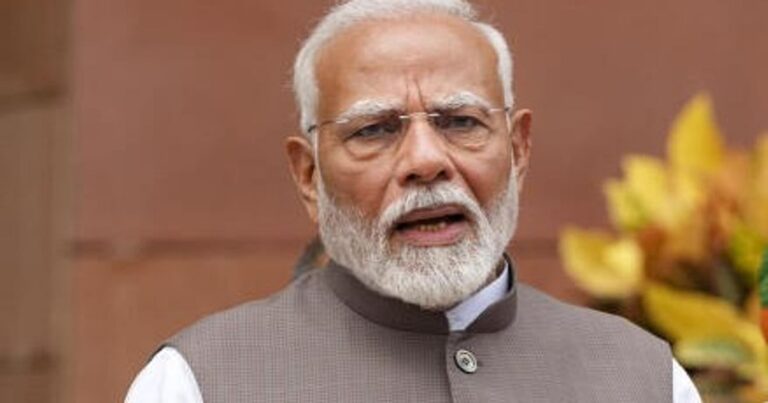NEW DELHI: Prime Minister Narendra Modi’s first post-election budget, to be presented on Tuesday, will aim to lay out an economic vision that balances fiscal prudence with the expectations of a disgruntled electorate and the demands of his coalition partners.
“This Budget will set the course for our work for the next five years and lay the foundation for achieving our goal of making India a developed country by 2047,” PM Modi said on Monday ahead of the Budget which is due to be presented by Finance Minister Nirmala Sitharaman.
Prime Minister Modi’s Bharatiya Janata Party (BJP) failed to secure a majority in last month’s general election, for the first time since coming to power more than a decade ago, it will have to rely on allies to form a government.
The budget is expected to cut taxes for the middle class, provide relief to struggling rural areas and meet demands from the two main coalition partners, the Telugu Desam Party in Andhra Pradesh and the Janata Dal (United) in Bihar, for billions of dollars in additional funding for their regions.
“Weakened political capital, uneven growth due to sluggish consumption, and loss of vitality in private capital investment and the rural sector form the backdrop for the upcoming budget,” said Madhav Arora, economist at Emkay.
The government will also try to stave off a resurgence of opposition parties that have criticised Modi’s government over a lack of jobs, rising living costs and widening income inequality.
Wealth is concentrated in the hands of the richest 1 percent of India’s population, according to a report by the Global Inequality Institute, and government estimates put youth unemployment at more than 17 percent.
Infrastructure Investment
A government report released on Monday projected economic growth of 6.5-7 percent this fiscal year, slightly below analysts’ expectations.
However, the government has sufficient support from the central bank to ensure it can stick to its plans to reduce the budget deficit and fund infrastructure projects.
The Reserve Bank of India in May transferred $25 billion in surplus funds to the government, which will be used to cut taxes, support rural areas and meet the coalition government’s regional funding requirements.
The government has nearly doubled spending on long-term infrastructure projects over the past three years as a way to boost growth and create jobs, and plans to spend 11 trillion rupees ($131.51 billion) on such projects this year.
Some economists expect the budget may include improved incentives for domestic and foreign companies to boost domestic manufacturing in 14 sectors, including electronics, semiconductors and pharmaceuticals.
On Monday, a government economic survey warned of growing risks from a surging stock market that is drawing retail investors into riskier derivatives trading.
Economists say the budget may include measures to curb such risky investments, such as raising capital gains tax on long-term stock investments, but Morgan Stanley says such measures could be a major blow to the Indian stock market, hitting share prices.
Jefferies said a rise in derivatives trading taxes would also be a negative surprise.
Finance Minister Sitharaman is scheduled to present the budget today. ($1 = 83.6446 Indian rupees)
Union Budget 2024 | Finance Minister Nirmala Sitharaman will present the seventh Union Budget under the Modi 3.0 government on 23 July 2024, a record number for any Finance Minister so far. With inflation eating into people’s pockets, will this budget bring relief to the people of India? Get the latest coverage, live news, in-depth opinions and analysis only on Deccan Herald. Also follow us on WhatsApp, LinkedIn, X, Facebook, YouTube and Instagram.
Published July 23, 2024 01:03 IST

